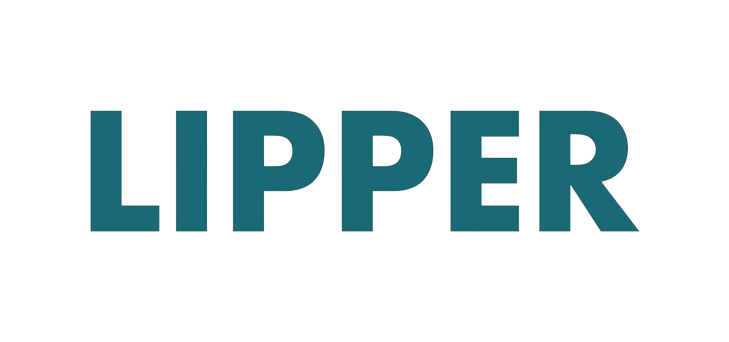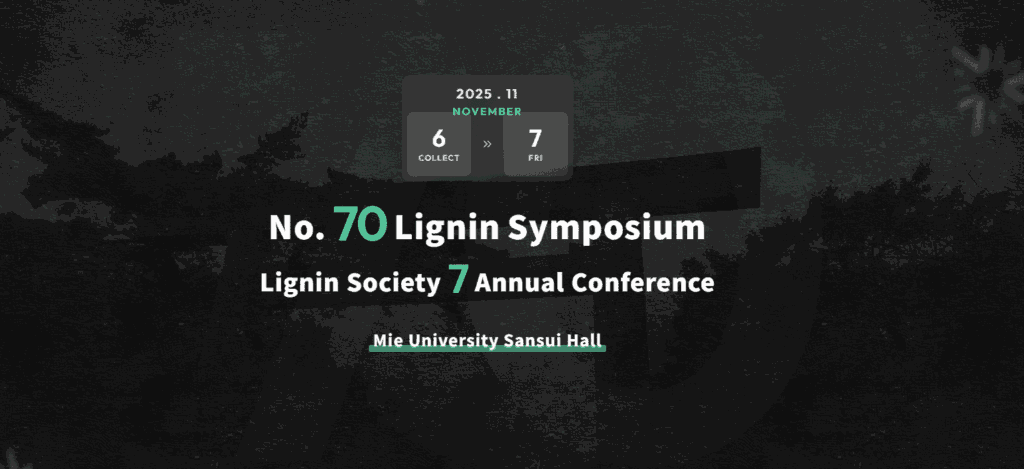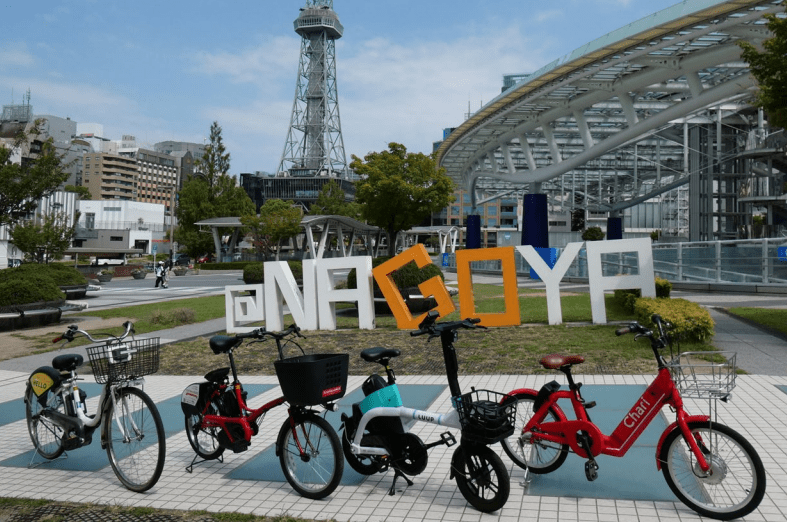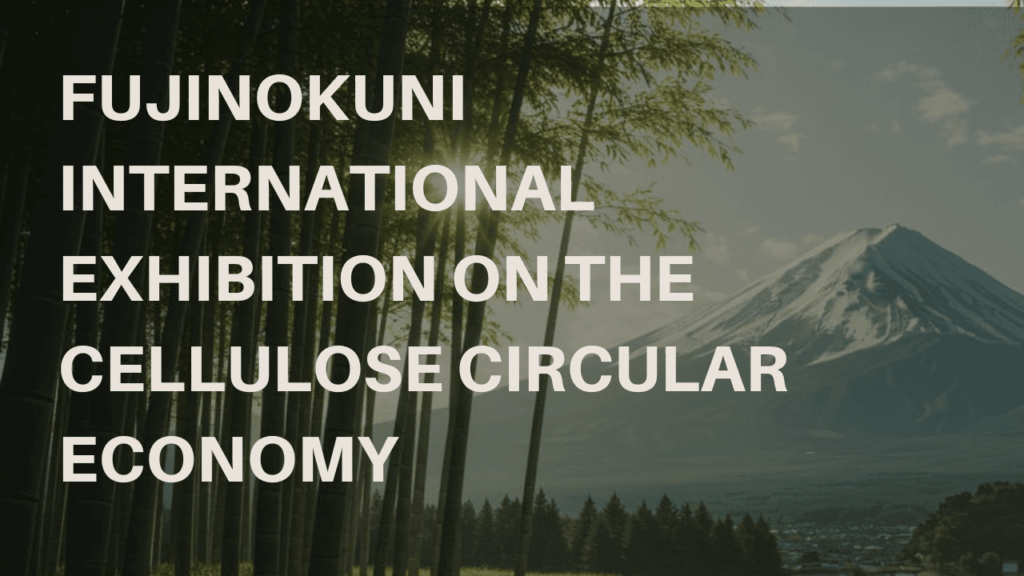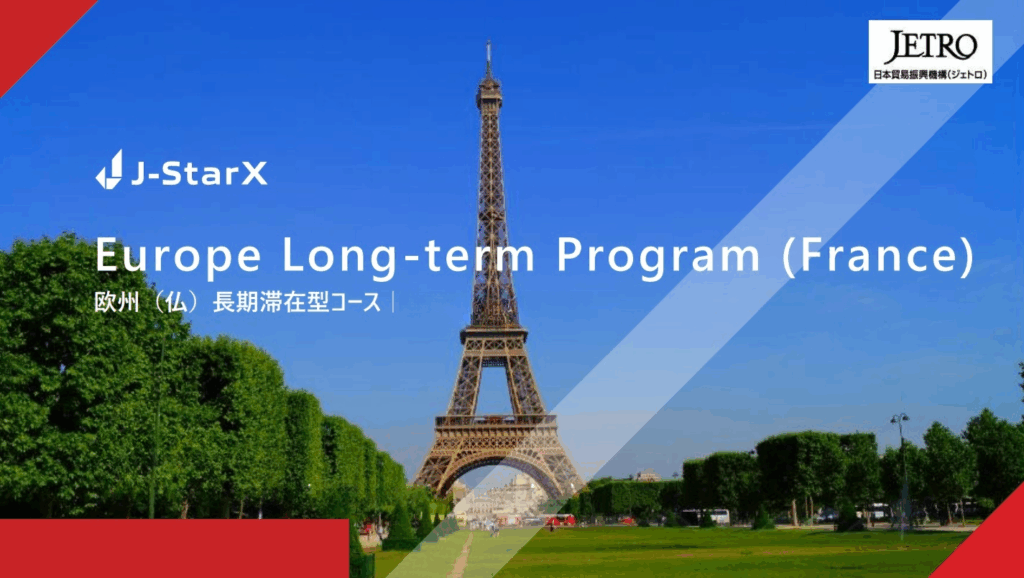The EU regulatory document “Reg. 2024/1257” legally regulates tire wear dust emissions for the first time, the ICCT report supplements its scientific basis and policy recommendations, and the WP.29 technical document serves to promote international standardization of measurement methods and test conditions.
Recent Trends in EU Tire Dust Regulations
May 12, 2025

Regulation (EU) 2024/1257 (Euro 7) strengthens measures against environmental pollution by making dust emissions from tire and brake wear subject to new regulations. This will require automakers and tire manufacturers to develop new technologies and improve their products. Similar regulations may be introduced in other regions in the future, and international trends are attracting attention.
What is Euro 7?
In the EU, tire wear generates 450,000 tons of microplastics annually, making it the second largest source of microplastics after paint. These particles can diffuse into the air and water and have a negative impact on the environment and human health. the EU has set a goal of reducing microplastic emissions by 30% by 2030, and the regulation of tire wear dust is positioned as one of the key measures to achieve this goal.
Points
- New vehicle environmental regulations adopted by the EU in 2024.
- It integrates the existing Euro 6 (passenger cars and light commercial vehicles) and Euro VI (heavy-duty vehicles).
- In addition to emissions, non-emission particles (PN) from brakes and tires are newly included in the regulation.
Impact range of tire wear dust
| Impact Area | Type of Impact | Details |
| Air Pollution | Primary (Direct) | Contributes to PM10/PM2.5 levels, worsening urban air quality and increasing respiratory health risks. |
| Marine Environment | Secondary (Indirect) | Runoff carries particles to rivers and oceans, contributing to microplastic accumulation and affecting marine life. |
| Soil Contamination | Secondary | Particles settle along roadsides, potentially disrupting soil microbiota and plant growth. |
| Water Resources | Secondary | Some particles may bypass filtration and enter drinking water or groundwater systems. |
| Biodiversity | Secondary | Ingestion by aquatic and terrestrial organisms disrupts ecosystems and food chains. |
| Urban Management Burden | Secondary | Increases the workload and costs for municipal road cleaning and infrastructure maintenance. |
Upper limit for tire wear dust emissions
|
Category |
Emission Limit (mg/km) |
Remarks |
Type Approval Start Date |
Mandatory Market Application |
|
C1 |
3 mg/km |
Passenger car tires |
1-Jul-28 |
Jul-30 |
|
C2 |
5 mg/km |
Light commercial vehicle tires |
1-Apr-30 |
Apr-32 |
|
C3 |
7 mg/km |
Heavy-duty commercial vehicle tires |
1-Apr-32 |
Apr-34 |
Points
- The measurement method for tire wear dust itself is still in the process of international standardization (UN WP.29), and technical agreement is needed to set specific numerical limits.
- The EU plans to set emission limits in stages starting around 2026, based on future technological progress and industry agreement.
- Actual numerical regulation proposals have been presented earlier by the ICCT report and ETRMA (European Tire Manufacturers Association).
Wear dust measurement method
The scope of the project is wear particles (PM) in C1 to C3 tires.
Indoor drum test: the main measurement method for type approval
Tires are rotated on a drum and mass loss is measured. This method is considered superior in test reproducibility and efficiency, and correlates well with actual driving conditions.
Test Equipment: Tires are rotated on a highly abrasive drum to measure the amount of wear.
Driving distance: Simulate a driving distance equivalent to approximately 5,000 km.
Measurements: The mass loss of the tire is measured and the wear rate is calculated.
Outdoor driving tests: As a complementary or future audit application
Mass change is measured after 8,000 km of driving by an actual vehicle. This method is considered effective for obtaining wear data that reflects the actual conditions of tire use.
Test configuration: Convoy driving with four vehicles, one with reference tires and the other three with candidate tires.
Distance: 8,000 km driven, changing vehicle and driver combinations every 500 km.
Objective: To collect wear data from a variety of tire sizes, patterns, and brands for market evaluation.
Test methods developed by UNECE WP.29
A standardized test method developed by the United Nations World Forum for Harmonization of Vehicle Standards (UNECE WP.29) to evaluate wear dust (microplastic) emissions from tires. The method specifically targets C1 class (passenger car) tires and is used to assess compliance with Euro 7 regulations and UN Regulation No. 117.
Test overview
Testing equipment: Use a testing machine with an external drum of at least 1.7 m in diameter.
Load: 80% of the tire’s load index (LI)
Air pressure: 210 kPa for standard road tires, 250 kPa for reinforced tires
Travel speed: 100 km/h on straight sections, 60 km/h on curves and gradients
Distance traveled: 20 cycles of 250 km each, for a total of 5,000 km
Drum surface: Composed of sand, stones, etc. Mean profile depth (MPD) and micro roughness are specified according to ISO 13473-1.
Measurement and evaluation items
Mass loss: The tire mass is measured before and after the test, and the amount of wear is calculated.
Wear rate: Mass loss is normalized by distance traveled and tire load and expressed in mg/km/t.
Abrasion index (AICT): The wear rate of a candidate tire is calculated by comparing it to a standard reference tire (SRTT).
Governing document
EUR-Lex (Reg. 2024/1257) Legal Framework: Only the legal framework is specified.
|
Issuing Body |
European Union (EU) |
|
Document Type |
Regulation (legal act) |
|
Key Features |
Official and legally binding provisions. Serves as the legal basis for obligations. |
|
Presented in legal text format, specifying technical details such as classification, implementation timelines, and mandatory requirements. |
|
|
Usage |
For official gazette publication, legal compliance, and reference by certification authorities. |
ICCT Report (ID-116): Policy Assessment and Recommendations
|
Issuing Body |
ICCT (International Council on Clean Transportation) |
|
#NAME? |
|
|
Document Type |
Analytical and explanatory report |
|
Key Features |
Clearly explains regulatory background, impact analysis, technical evaluations, and international comparisons. |
|
Especially detailed on policy intent, strategic context, and expected effects of each regulation. |
|
|
Usage |
Used by researchers, corporate policy teams, NGOs, media, and for public policy recommendations. |
UN WP.29 Technical Document: Methods of measurement and trial values, etc.
|
Purpose |
International harmonization of automotive regulations through standardized technical requirements and test methods. |
|
Document Types |
UN Regulations, Global Technical Regulations (UN GTR), Informal Documents (working drafts and proposals). |
|
Developed By |
Subsidiary bodies under WP.29 (e.g., GRBP for noise/tires, GRPE for emissions) and specialized Task Forces (TFs). |
|
Role |
Provides technical justification and test procedures for national type approval systems and regional regulations (e.g., EU Euro standards). |
Regulatory authority
UNECE WP.29 is the official government-led international conference body that decides on the regulations themselves, while ICCT is an independent analytical organization that supports the content of the regulations from a scientific and data perspective. The relationship between the two is such that WP.29 is the institutional designer and ICCT is the design support team, and ICCT is a private partner that provides reliable scientific evidence for ongoing collaboration.
UNECE WP.29 and ICCT
|
|
UNECE WP.29 |
ICCT |
|
Founding Body |
United Nations Economic Commission for Europe (UNECE) |
Non-profit think tank based in the United States |
|
Function |
Intergovernmental framework for drafting and adopting globally harmonized vehicle regulations |
Independent organization providing scientific analysis and policy recommendations on transport and emissions |
|
Focus Areas |
Vehicle regulations (e.g., UN R117), technical standards, type approval, and test procedures |
Impact assessments of regulations, emission reduction potential, and data-driven modeling |
|
Composition |
National governments, regulatory authorities, technical working groups (e.g., GRBP) |
Analysts, researchers, environmental and policy experts from the private/non-governmental sector |
|
Deliverables |
Legally binding UN Regulations and supporting documents |
Policy reports and evaluation models (e.g., Euro 7 report ID-116) |
WP.29 is a “UN initiative”, not a “European local initiative”.
WP.29, although “European in origin,” is an automotive standards unification platform led by the United Nations and based on the premise of “international cooperation and multilateral technical harmonization. Although Europe is one of the main players, more than 50 major countries including Japan, the U.S., China, Korea, Canada, and India are equally involved in this platform to jointly promote standardization.
The UN Regulations to be adopted by WP.29 are separate from the EU Regulations, which means that the EU is one of the regions actively adopting them.
It also means that WP.29 is not a subordinate body of the European Commission, but only a UN body, and the EU participates with representation as one of its constituent countries.
Share this article
